Home>Garden Essentials>Why Landscape Design Is Important
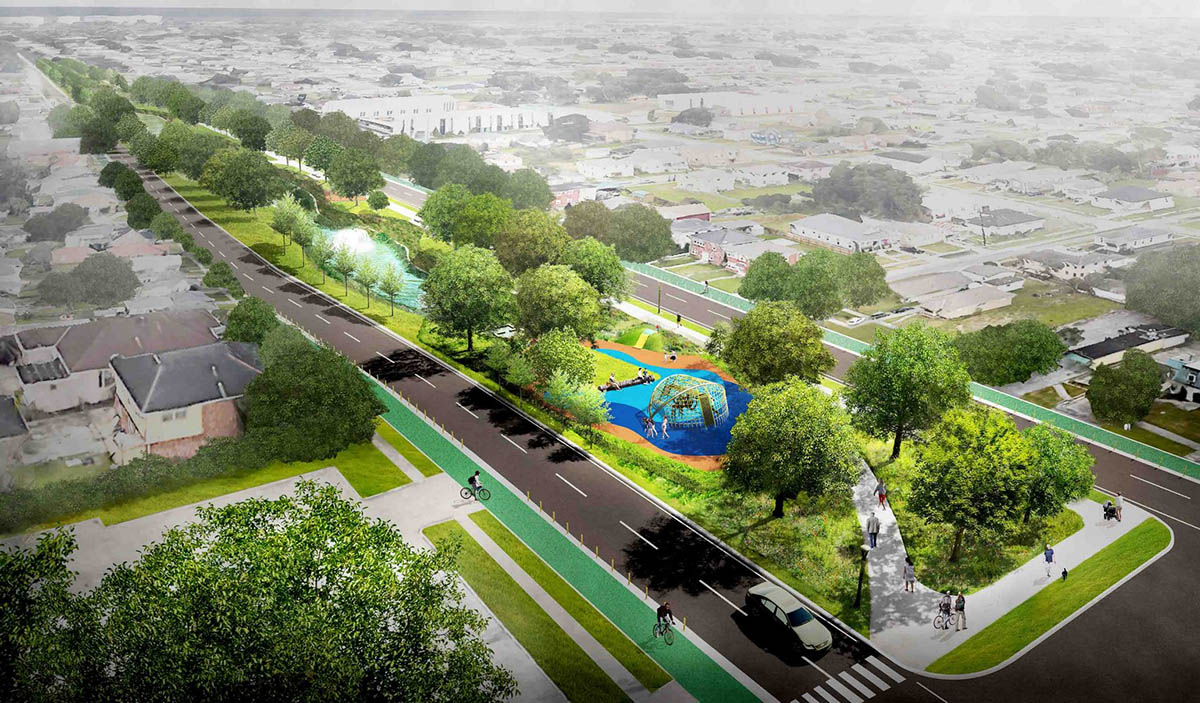

Garden Essentials
Why Landscape Design Is Important
Modified: March 21, 2024
Discover why landscape design is vital for your garden. Enhance its beauty and functionality with expert tips, ideas, and inspiration.
(Many of the links in this article redirect to a specific reviewed product. Your purchase of these products through affiliate links helps to generate commission for Storables.com, at no extra cost. Learn more)
Introduction
Welcome to the wonderful world of landscape design! Whether you have a sprawling backyard, a cozy courtyard, or a balcony oasis, investing in landscape design is a decision that can truly transform your outdoor space. In this article, we will explore the importance of landscape design and how it can enhance the beauty, functionality, and value of your property.
Humans have long had a profound connection with nature, and incorporating elements of nature into our surroundings can have a positive impact on our well-being. A well-designed landscape not only provides visual appeal but also creates a sanctuary where we can relax, unwind, and connect with the natural world.
So, why is landscape design important? Let’s delve deeper into the benefits it offers:
Key Takeaways:
- Landscape design enhances the beauty of outdoor spaces, creates a positive first impression, and increases property value. It also maximizes functionality, promotes environmental sustainability, and improves well-being.
- Collaborating with landscape design professionals ensures a seamless and successful implementation of your vision. Their expertise, creativity, and knowledge of sustainable practices bring your outdoor space to life.
Read more: Why Landscaping Is Important
Enhancing the Aesthetics of Outdoor Spaces
One of the primary reasons landscape design is important is its ability to enhance the aesthetics of outdoor spaces. Just as we decorate and arrange our interiors to create a visually appealing environment, landscaping does the same for our outdoor areas.
A well-designed landscape involves the thoughtful selection and arrangement of various elements such as plants, trees, flowers, hardscape materials, and structures. These elements work together harmoniously to create a visually pleasing and inviting outdoor space.
By incorporating a combination of colors, textures, shapes, and forms, landscape designers are able to create visually dynamic and captivating landscapes. A professionally designed landscape can transform a plain, uninspiring yard into a beautiful and inviting outdoor oasis.
Furthermore, landscape design allows for the creation of focal points and visual interest. Whether it’s a stunning water feature, a carefully placed sculpture, or a vibrant flower bed, these elements draw the eye and create visual intrigue within the landscape.
Moreover, landscape design takes into consideration the surrounding architecture and the overall style of the property. This ensures that the design complements the existing structures and creates a seamless transition between the indoor and outdoor spaces.
Overall, a well-designed landscape enhances the aesthetics of outdoor spaces and ensures that your property stands out in its surroundings. Whether you’re looking to create a tranquil retreat or a vibrant gathering space, landscape design plays a crucial role in setting the ambiance and visual appeal of your outdoor areas.
Creating a Positive First Impression
When it comes to our homes or businesses, first impressions matter. The exterior of a property is the first thing that visitors, potential buyers, or clients see when they approach. A well-designed landscape contributes to creating a positive first impression.
Imagine pulling up to a property with a beautifully landscaped front yard. Lush green lawns, vibrant flower beds, neatly trimmed hedges, and an inviting pathway all work together to create a welcoming atmosphere. This immediately sets a positive tone and creates a sense of pride and care for the property.
On the other hand, a neglected or poorly maintained landscape can give the impression of neglect or lack of attention to detail. Overgrown grass, weeds, and unruly plants can make a property appear unkempt and unappealing.
By investing in landscape design, you can ensure that your property makes a positive and memorable first impression. A well-designed front yard will instantly captivate visitors and convey a sense of pride and care for the property.
Additionally, well-executed landscape design can enhance the curb appeal of a property. Curb appeal refers to the attractiveness and appeal of a property as seen from the street. A beautifully landscaped front yard can significantly increase the curb appeal of a property, creating intrigue and generating interest among potential buyers or tenants.
Creating a positive first impression through landscape design is not limited to residential properties. Businesses, hotels, and commercial establishments can also benefit from a thoughtfully designed landscape. A visually appealing exterior can attract customers, make a lasting impression, and set a positive tone for their experience.
Overall, landscape design plays a crucial role in creating a positive first impression, whether it’s for a residential property or a commercial establishment. By investing in a well-designed landscape, you can ensure that your property captures attention, conveys a sense of care, and leaves a lasting impression on all who visit.
Increasing Property Value
One of the most significant benefits of landscape design is its ability to increase the value of a property. Studies have consistently shown that well-designed and well-maintained landscapes can substantially boost property value.
When potential buyers or renters are evaluating a property, the exterior is often the first thing they notice. A beautifully landscaped front yard, a well-designed backyard, and carefully selected plants and trees can greatly enhance the perceived value of a property.
A visually appealing landscape creates a positive impression and makes the property more desirable. It can also differentiate your property from others in the neighborhood, giving you a competitive edge in the real estate market.
In addition to aesthetics, a thoughtfully designed landscape can improve functionality and usability, further increasing the value of a property. This might include the addition of outdoor living spaces, such as patios, decks, or pergolas, which provide additional areas for relaxation and entertainment.
Moreover, well-planned landscaping can also improve privacy and create a sense of seclusion, making the property more appealing to potential buyers or tenants. By strategically placing trees, hedges, or walls, landscape design can create a private and intimate outdoor oasis.
It’s important to note that the value added by landscape design is not limited to residential properties. Commercial properties, such as hotels or businesses, can also experience increased value through well-designed landscapes. A visually attractive exterior can attract more customers, increase foot traffic, and contribute to the overall success of the business.
When it comes time to sell or rent your property, a well-designed landscape can be a significant selling point. Potential buyers or tenants will see the added value in the meticulously planned and maintained outdoor spaces, potentially resulting in higher offers or rental prices.
Overall, landscape design has the potential to significantly increase the value of a property. From enhancing curb appeal to improving functionality and creating a positive first impression, investing in landscape design is an investment in the long-term value of your property.
Maximizing Functionality and Usability
Landscape design goes beyond aesthetics; it also involves maximizing the functionality and usability of outdoor spaces. A well-designed landscape can transform your outdoor area into a functional extension of your home or business.
One way landscape design maximizes functionality is by creating designated areas for various activities. Whether you enjoy hosting outdoor gatherings, gardening, or simply relaxing in the sun, a carefully planned landscape can provide designated spaces for these activities.
For example, a well-designed patio or deck can serve as an outdoor entertainment area, complete with seating, a barbecue grill, and maybe even a fire pit. This creates an inviting space for socializing and enjoying outdoor meals with family and friends.
Gardening enthusiasts can benefit from designated areas for planting beds or a vegetable garden. These areas can be designed to provide optimal conditions for plants to thrive, with proper irrigation, sunlight exposure, and soil quality.
Furthermore, landscape design can incorporate functional elements such as pathways, lighting, and irrigation systems. Well-designed pathways provide easy access to different areas of the landscape, ensuring a smooth flow and enhancing usability.
Lighting not only adds a decorative element to the landscape but also extends the usability of outdoor spaces into the evening. Well-placed lights can create a warm and inviting ambiance, making it possible to enjoy the outdoors even after the sun goes down.
Irrigation systems are another functional aspect of landscape design. Proper irrigation ensures that plants receive the necessary water, promoting their growth and vitality. A well-designed irrigation system can be automated, making it convenient and efficient to maintain the landscape.
Additionally, landscape design can also address practical concerns such as privacy, noise reduction, and environmental factors. By incorporating elements such as fences, walls, or carefully positioned plants, landscape design can create privacy screens and mitigate noise from nearby roads or neighbors.
Overall, landscape design aims to maximize the functionality and usability of outdoor spaces. By creating designated areas for various activities, incorporating functional elements like pathways and lighting, and addressing practical concerns, landscape design ensures that your outdoor space is enjoyable, versatile, and tailored to your needs.
Improving Environmental Sustainability
Landscape design plays a vital role in improving environmental sustainability. By incorporating sustainable practices and selecting appropriate plants and materials, landscape designers can create environmentally friendly outdoor spaces that benefit both the ecosystem and the individuals who enjoy them.
One of the key aspects of sustainable landscape design is water conservation. With increasing concerns about water scarcity, designing a landscape that minimizes water usage is crucial. This can be achieved through the use of water-saving irrigation systems, such as drip irrigation, and the selection of drought-tolerant plants that require less water.
Integrating native plants into the landscape is another essential component of environmental sustainability. Native plants are naturally adapted to the local climate and require minimal maintenance, including less water and pesticide use. They also provide food and shelter for native wildlife, contributing to the overall biodiversity of the area.
Furthermore, landscape design can incorporate techniques to minimize soil erosion and runoff. By implementing proper grading, retaining walls, and the use of permeable paving materials, rainwater can be effectively absorbed into the ground, reducing runoff and the risk of water pollution.
Sustainable landscape design also considers energy efficiency. Proper placement of trees and plants can provide shade during the summer months, reducing the need for excessive air conditioning. Similarly, windbreaks created by strategic planting can help protect outdoor spaces from cold winds, reducing heating requirements during the winter months.
In addition to water and energy conservation, landscape design can contribute to improving air quality. Trees and plants play a crucial role in filtering pollutants from the air, reducing noise levels, and providing oxygen. By incorporating a variety of plants with different heights and densities, landscape designers can create a healthy and vibrant environment.
Another aspect of environmental sustainability in landscape design is the use of eco-friendly materials. Choosing locally sourced and recycled materials for hardscape elements helps reduce the carbon footprint associated with transportation and manufacturing. Additionally, using organic fertilizers and natural pest control methods minimizes the use of harmful chemicals that can negatively impact the environment.
By embracing sustainable landscape design practices, you not only contribute to environmental preservation but also create a healthier and more enjoyable outdoor space. Whether it’s conserving water, using native plants, promoting biodiversity, or minimizing pollution, landscape design plays a powerful role in improving the overall sustainability of our surroundings.
When designing a landscape, consider the local climate and soil conditions to ensure that the plants and features will thrive in the environment.
Enhancing Well-being and Quality of Life
One of the profound benefits of landscape design is its ability to enhance our well-being and improve our quality of life. Connecting with nature and spending time in outdoor spaces has been shown to have a positive impact on our physical, mental, and emotional well-being.
Spending time in well-designed outdoor spaces has been proven to reduce stress levels and promote relaxation. Whether it’s enjoying a peaceful garden, taking a walk along a scenic pathway, or simply sitting on a comfortable bench in a tranquil setting, being in nature has a calming effect on the mind and body.
Furthermore, exposure to nature has been linked to improved mental health and increased cognitive function. Research has shown that spending time in green spaces can alleviate symptoms of anxiety and depression, improve attention span and creativity, and boost overall mental well-being.
Incorporating elements of nature in landscape design, such as water features, gardens, and natural materials, helps create a soothing and rejuvenating environment. The sound of flowing water, the scent of flowers, and the texture of natural materials contribute to a sensory experience that promotes relaxation and positive emotions.
In addition to the mental and emotional benefits, landscape design also plays a role in improving our physical health. Well-designed outdoor spaces encourage physical activity and promote a healthier lifestyle. Whether it’s gardening, playing sports, or taking a walk in a park, the availability of outdoor areas that beckon us to be active positively impacts our overall fitness and well-being.
The inclusion of green spaces and trees in landscape design also contributes to better air quality. Plants naturally filter pollutants from the air and release oxygen, creating a healthier environment for us to breathe. In urban areas with limited green spaces, well-designed landscapes can help mitigate the negative impacts of air pollution and improve the overall health of the community.
Moreover, a thoughtfully designed landscape can facilitate social interaction and community engagement. Outdoor spaces that provide seating areas, gathering spots, and recreational activities foster a sense of connection and belonging. This not only promotes social well-being but also strengthens community bonds and creates a sense of place.
By enhancing our well-being and improving our quality of life, landscape design has a profound impact on our overall happiness and satisfaction. Investing in a well-designed outdoor space allows us to reap the physical, mental, and emotional benefits of connecting with nature and enjoying the beauty and tranquility it offers.
Tailoring Design to Site Conditions
Effective landscape design goes beyond aesthetics; it also takes into account the unique characteristics of the site. Every piece of land has its own set of conditions, such as topography, soil type, climate, and sunlight exposure. A skilled landscape designer understands the importance of tailoring the design to these site conditions to create a successful and sustainable landscape.
One of the key considerations in site-specific design is understanding the topography of the land. The slope, elevation changes, and drainage patterns need to be carefully evaluated to ensure proper grading and effective water management. By working with the natural contours of the land, the landscape design can enhance the site’s natural beauty while minimizing erosion and drainage issues.
Soil type is another crucial factor that influences plant selection and growth. Some plants thrive in sandy soil, while others prefer clay or loamy soil. A knowledgeable landscape designer will analyze the soil composition and structure to determine the appropriate plants and planting techniques that will thrive in the given conditions.
Climate and water availability play a significant role in determining the success of a landscape design. Understanding the average temperature, rainfall patterns, and seasonal variations allows the designer to select plants that are suitable for the specific climate. In regions with limited water resources, the design may incorporate water-saving techniques and the use of drought-tolerant plants to ensure the sustainability of the landscape.
Sunlight exposure is another crucial consideration when tailoring the design to site conditions. Not all areas of a property receive the same amount of sunlight throughout the day. Some areas may be shaded by buildings, trees, or other structures. By identifying these microclimates within the site, the designer can select plants that are best suited to each area’s light requirements, ensuring their optimal growth and vigor.
It’s also important to consider the existing vegetation and natural elements on the site. Mature trees, existing shrubs, or unique land features should be incorporated into the design, taking advantage of their inherent beauty and value. This not only adds depth and character to the landscape but also minimizes disruption to the natural ecosystem.
By tailoring the design to site conditions, landscape designers can create a harmonious and sustainable landscape that seamlessly blends with the surroundings. Working with the inherent characteristics of the site ensures that the landscape not only looks aesthetically pleasing but is also resilient, functional, and in harmony with nature.
Incorporating Natural Elements
Nature provides us with a wealth of beauty and inspiration, and incorporating natural elements into landscape design allows us to reconnect with the natural world and create harmonious outdoor spaces. By integrating natural elements, landscape designers can enhance the overall aesthetics, functionality, and ecological value of the landscape.
One of the essential natural elements in landscape design is vegetation. Plants, trees, and flowers bring life and a sense of serenity to outdoor spaces. They provide texture, color, and seasonal interest, creating constantly evolving landscapes that delight the senses. The careful selection and placement of vegetation can transform a space, whether it’s adding privacy with tall shrubs, creating a focal point with a flowering tree, or adding a pop of color with seasonal flowers.
In addition to vegetation, water is a vital natural element that can be incorporated into the landscape design. Water features such as ponds, waterfalls, and fountains not only provide visual interest but also create a soothing ambiance with the sound of flowing water. They attract birds, butterflies, and other wildlife, adding an ecological dimension to the landscape. Furthermore, water elements help cool the surrounding area and increase humidity, which can be especially beneficial in dry climates.
Rock formations and natural stone can be used to create stunning focal points and hardscape features in the landscape. Boulders can be strategically placed to create a sense of structure and add visual interest. Natural stone pathways, retaining walls, or seating areas provide a sense of permanence and blend seamlessly with the environment, creating a cohesive and natural look.
Wood is another natural element that can be incorporated into the landscape design. From rustic wooden fences to pergolas and decks, wood adds warmth and a sense of craftsmanship to outdoor spaces. The use of sustainably sourced or reclaimed wood ensures that the incorporation of wood is both environmentally friendly and aesthetically pleasing.
Natural elements in landscape design are not limited to just plants, water, rocks, and wood. They can also include elements such as wildlife habitats, birdhouses, and butterfly gardens. These features promote biodiversity and create a welcoming environment for native species. The sighting and interaction with wildlife enhance the connection to nature and enrich the overall experience of the outdoor space.
By incorporating natural elements into landscape design, we create spaces that evoke a sense of tranquility, balance, and harmony. These elements not only enhance the aesthetics but also contribute to the overall well-being of the ecosystem and the individuals who enjoy the space. They provide an opportunity to create landscapes that embrace the natural world and create a sanctuary where we can escape the stresses of modern life.
Read more: Why HVAC Is Important
Considering Maintenance and Longevity
When designing a landscape, it is essential to consider the long-term maintenance requirements of the chosen elements. A well-designed landscape takes into account the time, effort, and resources needed to maintain its beauty and functionality over the years.
Selecting low-maintenance plants is a smart approach to ensuring the long-term success of the landscape. Choosing plants that are well-suited to the local climate and soil conditions reduces the need for excessive watering, fertilizing, and pest control. Native or drought-tolerant species are often excellent choices, as they are adapted to the region and typically require minimal maintenance once established.
The layout and design of the landscape should also consider ease of maintenance. Creating defined edges and borders can make mowing, trimming, and edging tasks more efficient and manageable. Avoiding complex and intricate designs that require frequent pruning or specialized care can help minimize maintenance efforts.
Furthermore, choosing durable and long-lasting materials for hardscape features is crucial for the longevity of the landscape. Opting for high-quality paving stones, weather-resistant materials, and sturdy structures ensures that they will withstand the elements and require less frequent repairs or replacements. Investing in quality upfront can save time and money in the long run.
Proper irrigation design and installation are vital for reducing water waste and minimizing maintenance. Efficient irrigation systems, such as drip irrigation, deliver water directly to the plants’ roots, reducing evaporation and water runoff. Incorporating smart irrigation technology that adjusts watering schedules based on weather conditions and plant needs can also contribute to water conservation and reduce maintenance requirements.
Regular maintenance tasks such as weeding, mulching, and pruning should be considered during the design phase. Ensuring that there is adequate space for necessary maintenance activities makes it easier to keep the landscape healthy and well-maintained. Additionally, incorporating features such as compost bins or designated storage areas for gardening tools can help streamline maintenance tasks and keep the landscape organized.
Ultimately, considering the long-term maintenance needs of the landscape is essential for preserving its beauty and functionality. Designing with low-maintenance plants and materials, creating efficient irrigation systems, and allowing for easy access and maintenance tasks all contribute to a sustainable and manageable landscape that will stand the test of time.
Collaborating with Landscape Design Professionals
When it comes to creating a beautiful and functional landscape, collaborating with landscape design professionals can make a world of difference. These experts have the knowledge, skills, and experience to bring your vision to life while ensuring the success and longevity of your outdoor space.
A landscape design professional understands the intricacies of landscape design, from plant selection to hardscape materials, irrigation systems, and overall layout. They stay up to date with the latest trends, techniques, and sustainable practices, ensuring that your landscape design is contemporary, eco-friendly, and in line with your goals and preferences.
By working with a landscape designer, you gain access to their expertise, creativity, and problem-solving skills. They have a trained eye for design, taking into account your site conditions, lifestyle, and specific requirements to create a personalized and functional landscape that suits your needs. They can provide valuable insights and suggest innovative ideas that you may not have considered.
Budget considerations are another aspect where landscape design professionals can be of great help. They can provide an accurate cost estimation for the project and make recommendations on cost-effective materials and design options that align with your budget. This helps you make informed decisions and avoid unexpected expenses down the line.
Furthermore, collaborating with landscape professionals streamlines the entire process, from conceptualization to installation. They are skilled at project management, coordinating different contractors, suppliers, and professionals involved in the landscape project. This ensures a smooth and efficient implementation and reduces the stress and burden on your shoulders.
Landscape design professionals have a deep understanding of plant care, maintenance requirements, and long-term landscape management. They can provide guidance on proper plant selection, seasonal maintenance tasks, and ongoing care to help your landscape flourish for years to come. Their expertise goes beyond the design phase, ensuring that your landscape investment remains in pristine condition.
Ultimately, collaborating with landscape design professionals is an investment in the success and beauty of your outdoor space. They bring a wealth of knowledge, creative solutions, and expertise to the table, ensuring that your landscape design reflects your vision, meets your needs, and exceeds your expectations. Whether it’s a small residential garden or a large commercial project, the collaboration with a landscape design professional can transform your space into a stunning and functional oasis.
Conclusion
In conclusion, landscape design plays a crucial role in creating beautiful, functional, and sustainable outdoor spaces. By carefully considering the aesthetics, functionality, site conditions, and long-term maintenance, landscape design professionals can transform your property and enhance its value and appeal.
From enhancing the aesthetics of outdoor spaces to creating a positive first impression, landscape design adds charm and character to any property. It creates a welcoming and inviting atmosphere, making a lasting impression on visitors and potential buyers or tenants.
Moreover, landscape design contributes to increased property value by maximizing functionality and usability. By creating designated areas for various activities and incorporating functional elements such as pathways and lighting, the landscape becomes an extension of the indoor living space, promoting outdoor living and enjoyment.
Landscape design also has a significant impact on environmental sustainability. By using water-saving techniques, selecting native plants, and incorporating eco-friendly materials, the landscape can conserve resources, reduce environmental impact, and promote biodiversity.
Furthermore, landscape design enhances well-being and enhances the quality of life. By connecting with nature, spending time in well-designed outdoor spaces, and enjoying the mental and physical benefits that nature provides, we can find tranquility, reduce stress, and improve our overall well-being.
It’s essential to tailor landscape design to site conditions, considering factors such as topography, soil type, climate, and sunlight exposure. By working with the natural characteristics of the site, landscape designers create harmonious and sustainable landscapes that blend seamlessly with the surroundings.
Incorporating natural elements and collaborating with landscape design professionals further enriches the landscape. By incorporating vegetation, water features, natural materials, and wildlife habitats, the landscape becomes a sanctuary that connects us with the beauty of the natural world.
Lastly, working with landscape design professionals ensures a successful and seamless design implementation. Their expertise, creativity, and knowledge of sustainable practices bring your vision to life while ensuring that your landscape thrives for years to come.
In conclusion, landscape design is a multidimensional endeavor that combines aesthetics, functionality, sustainability, and personal well-being. By investing in landscape design, you can create an outdoor space that nourishes the soul, enhances property value, and brings joy to every moment spent in nature’s embrace.
Frequently Asked Questions about Why Landscape Design Is Important
Was this page helpful?
At Storables.com, we guarantee accurate and reliable information. Our content, validated by Expert Board Contributors, is crafted following stringent Editorial Policies. We're committed to providing you with well-researched, expert-backed insights for all your informational needs.

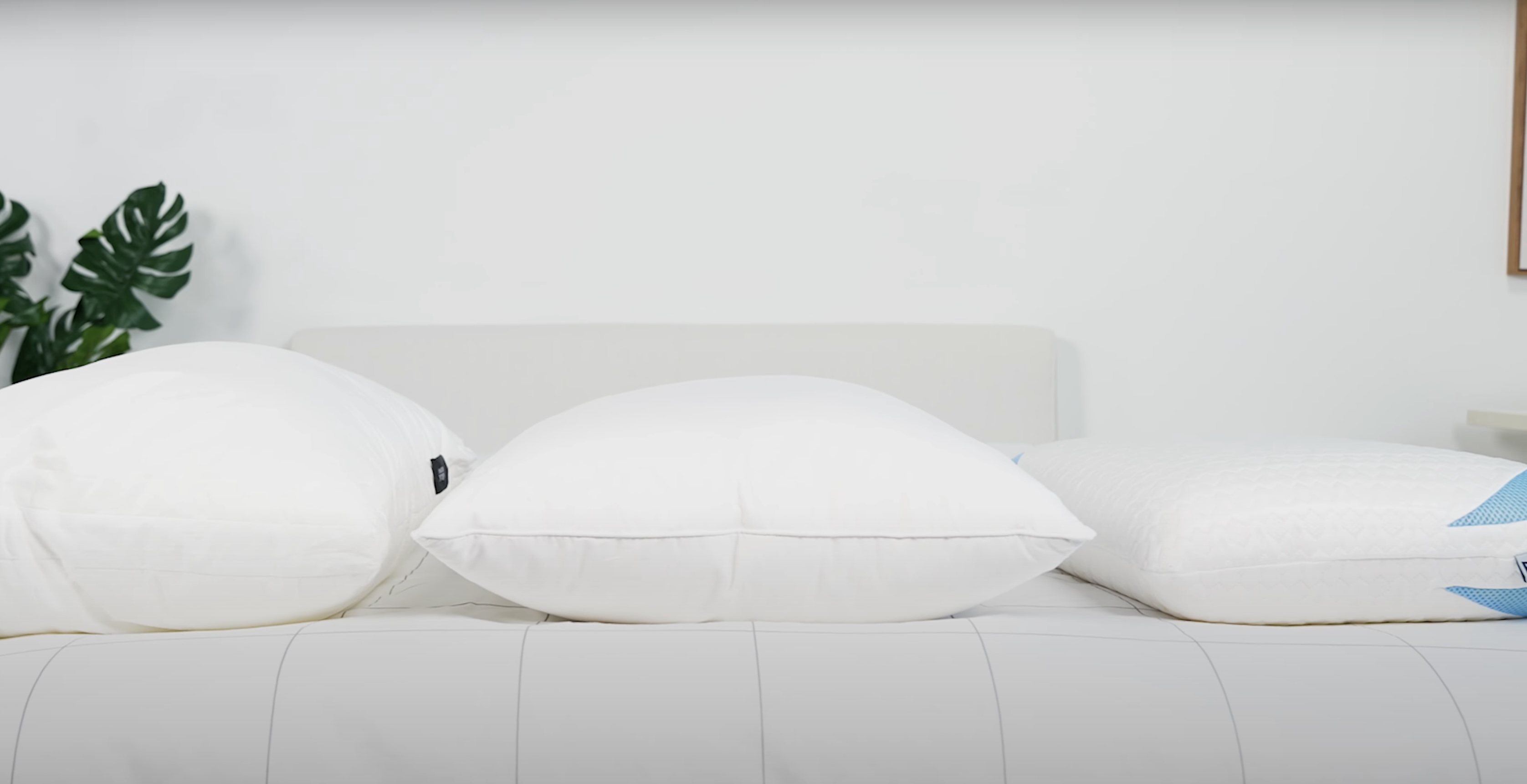
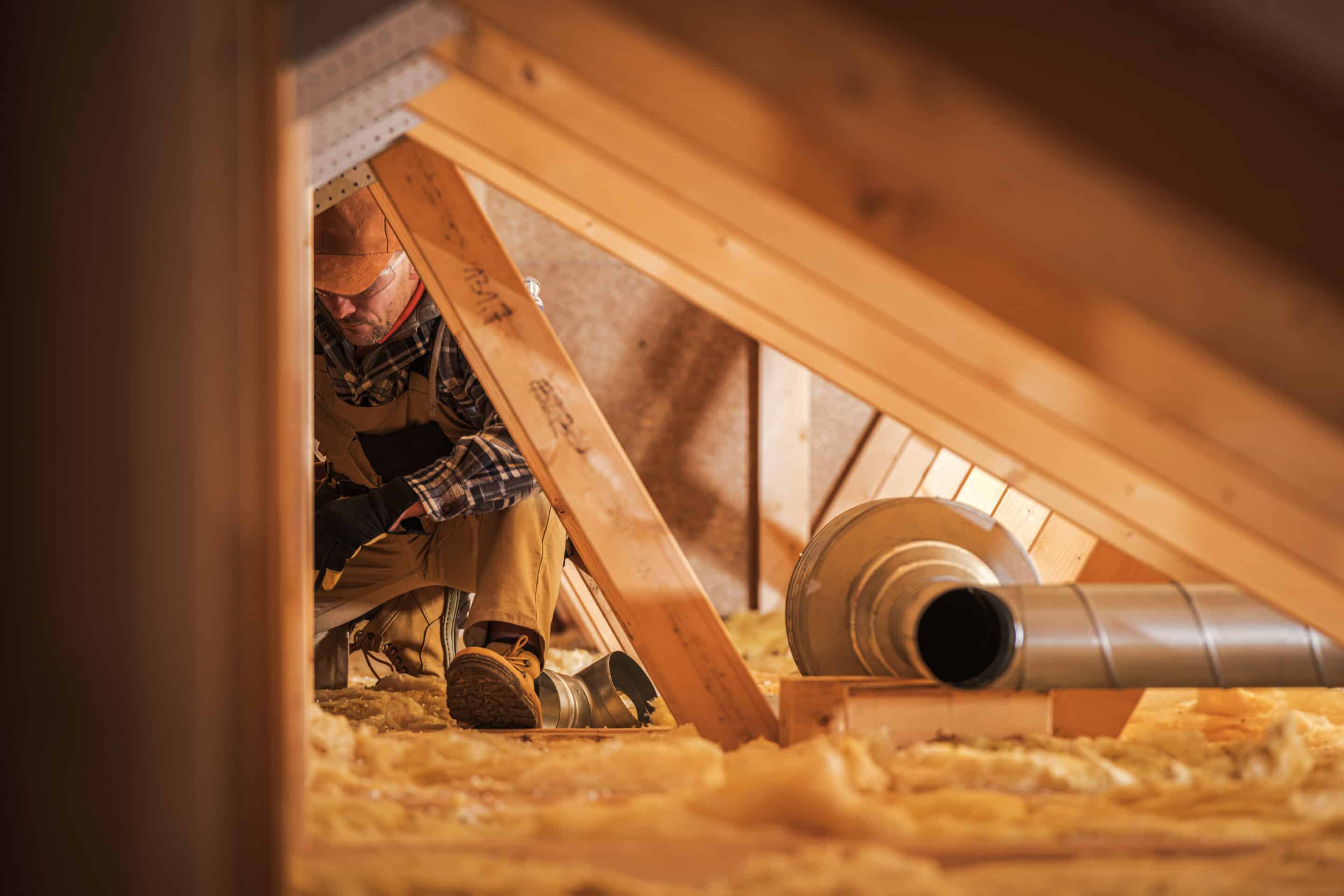
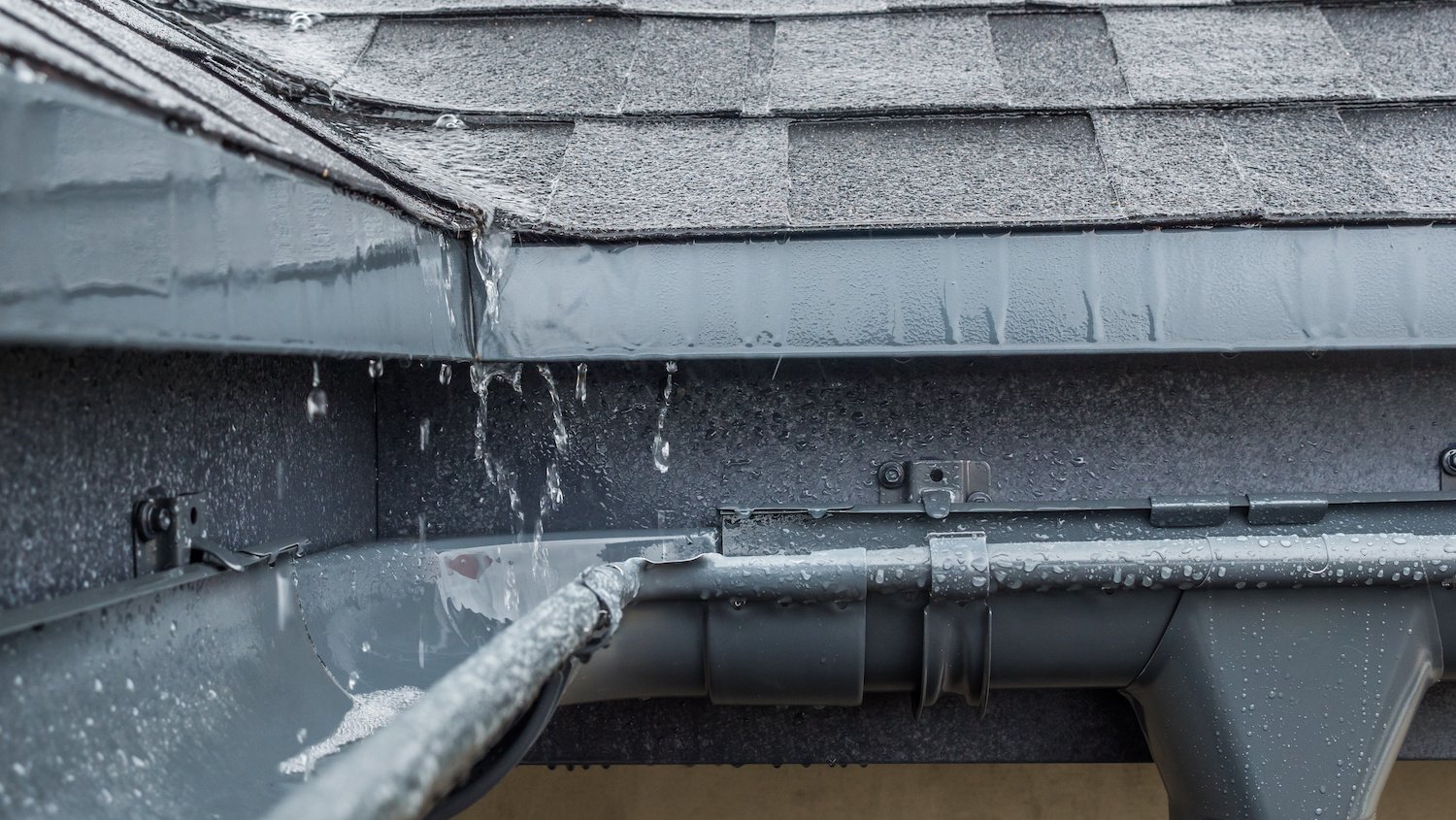
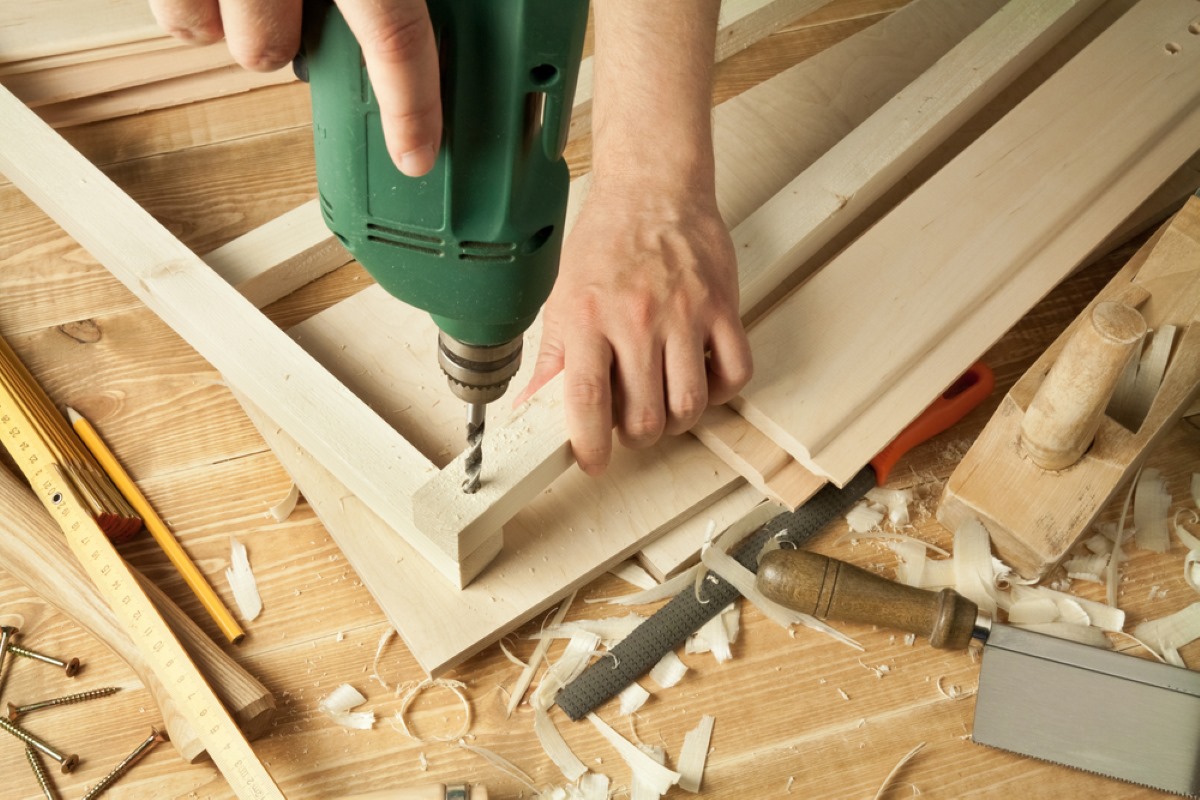
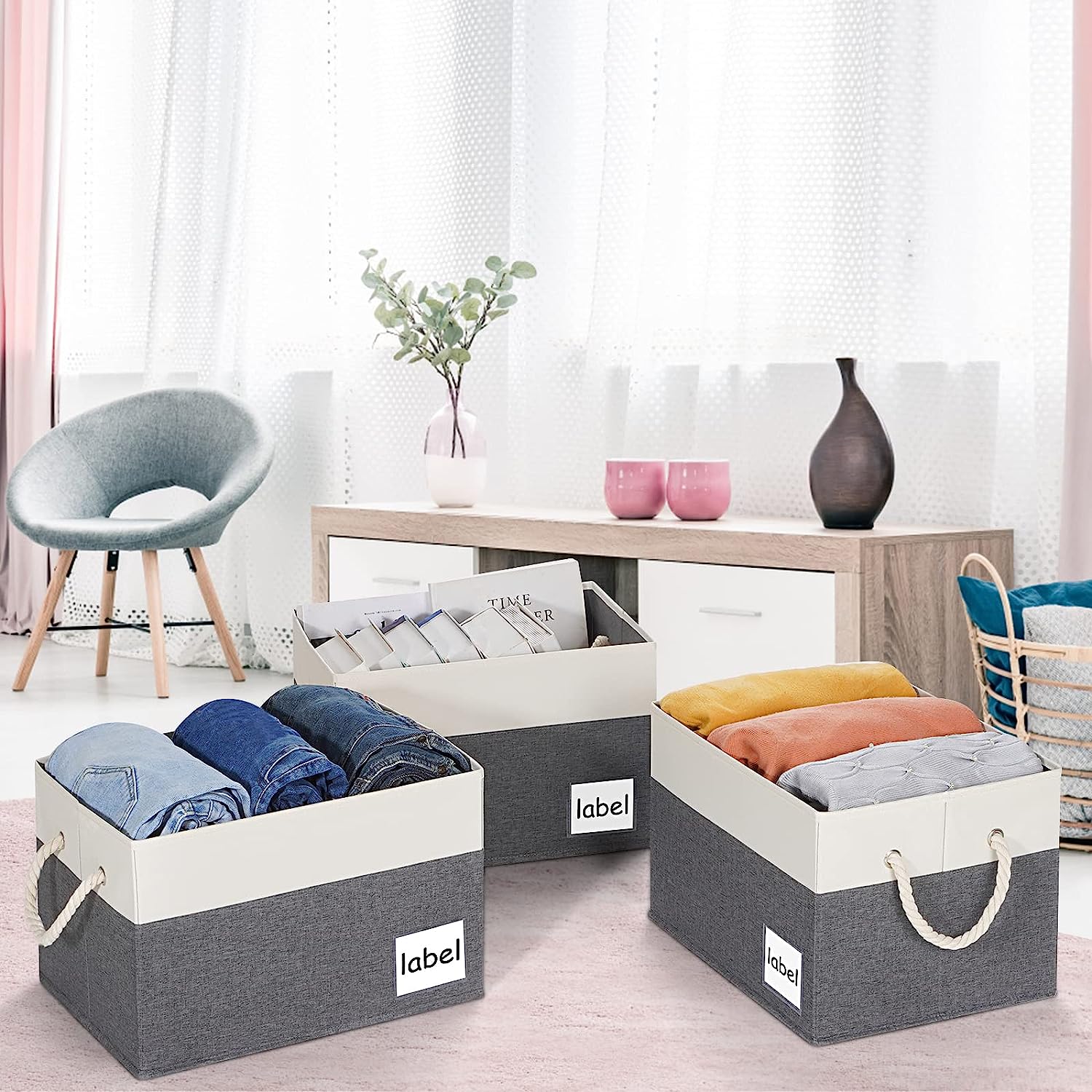
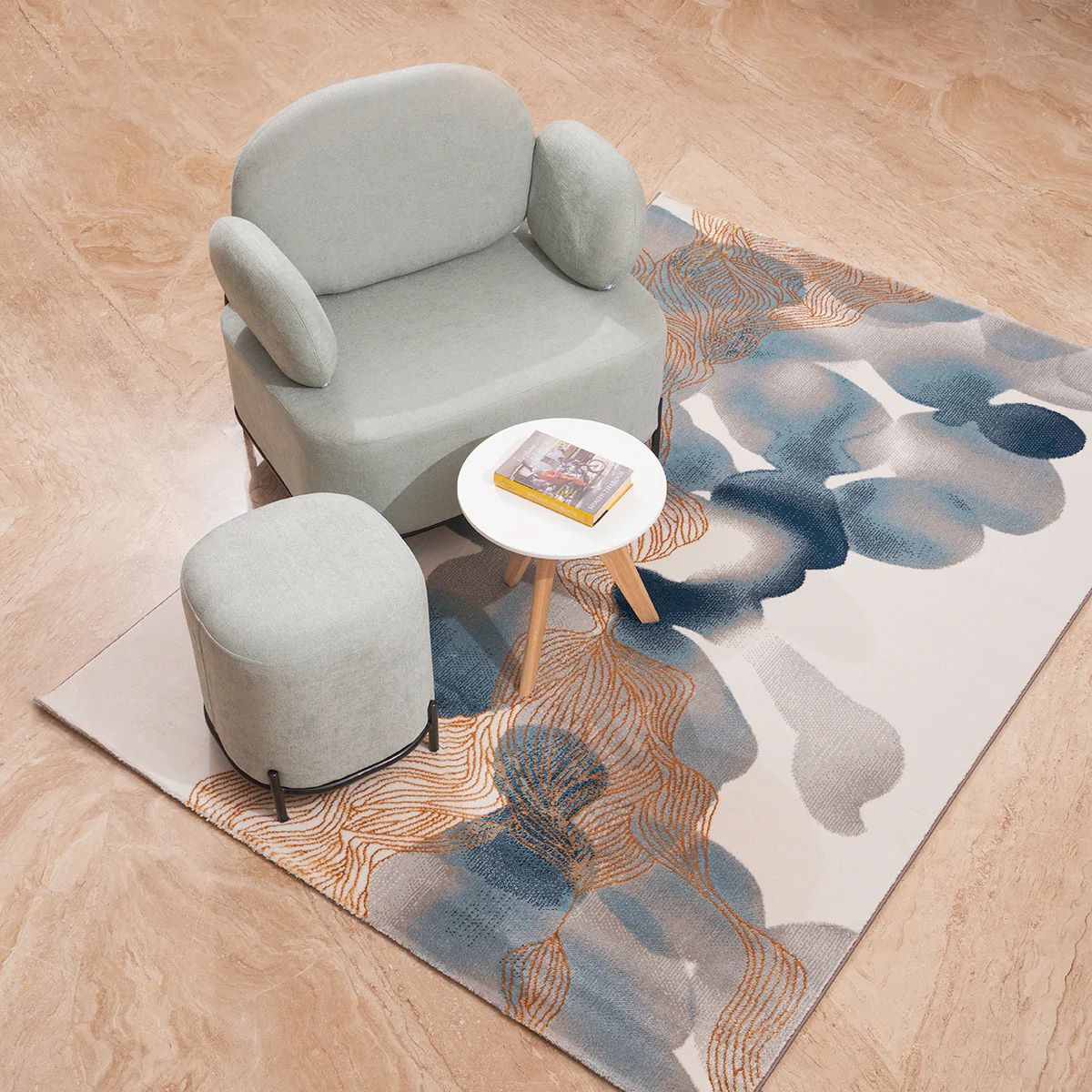
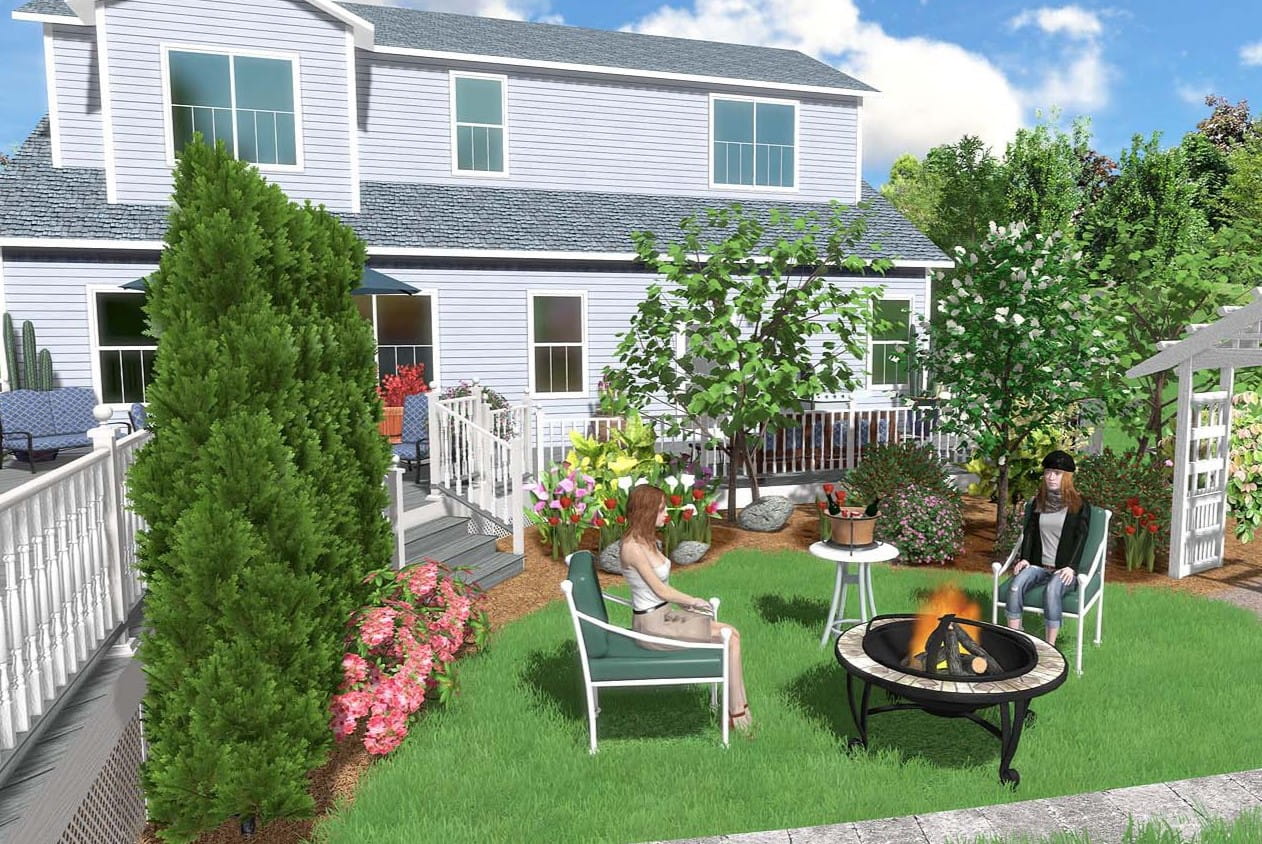

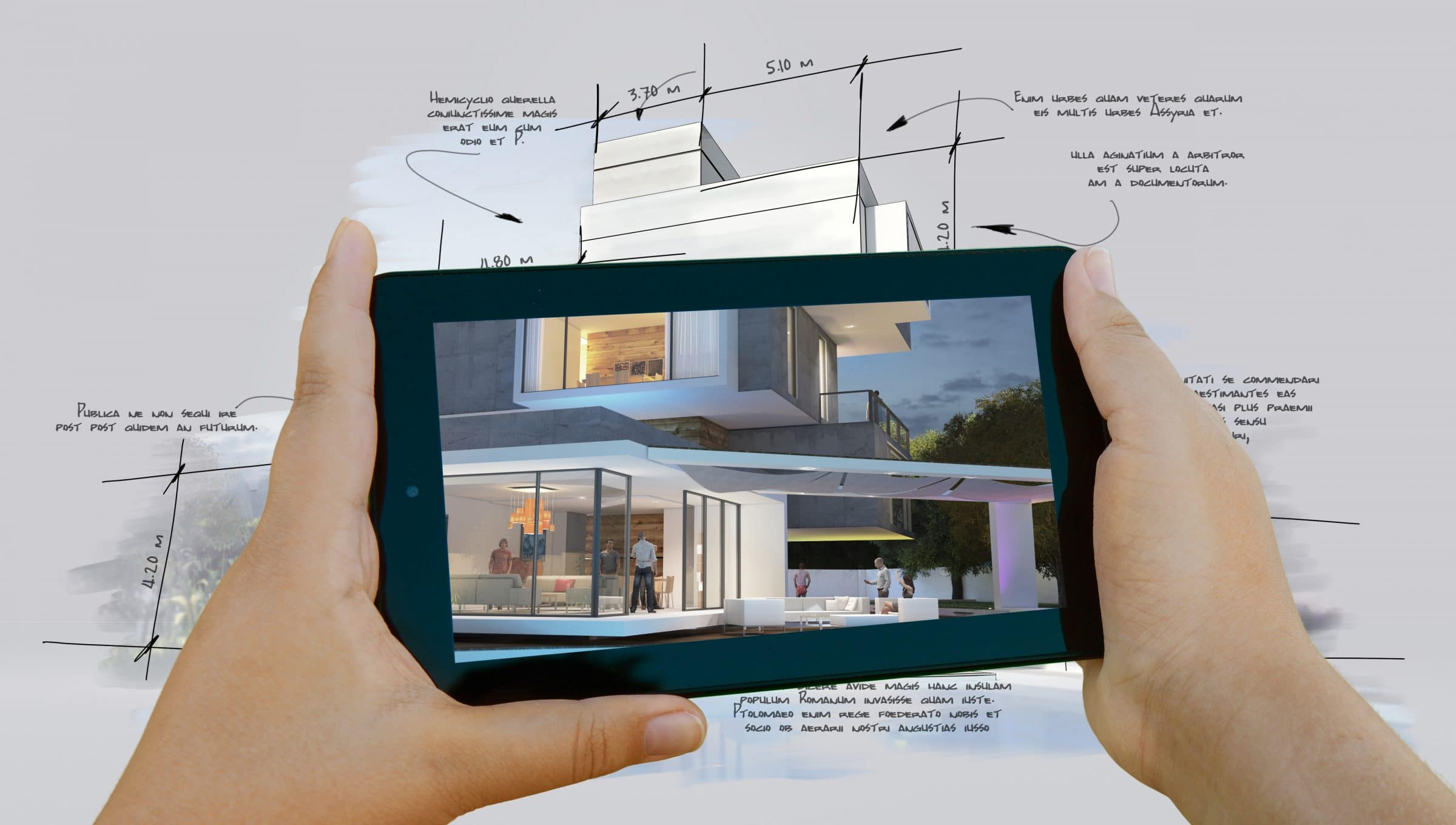
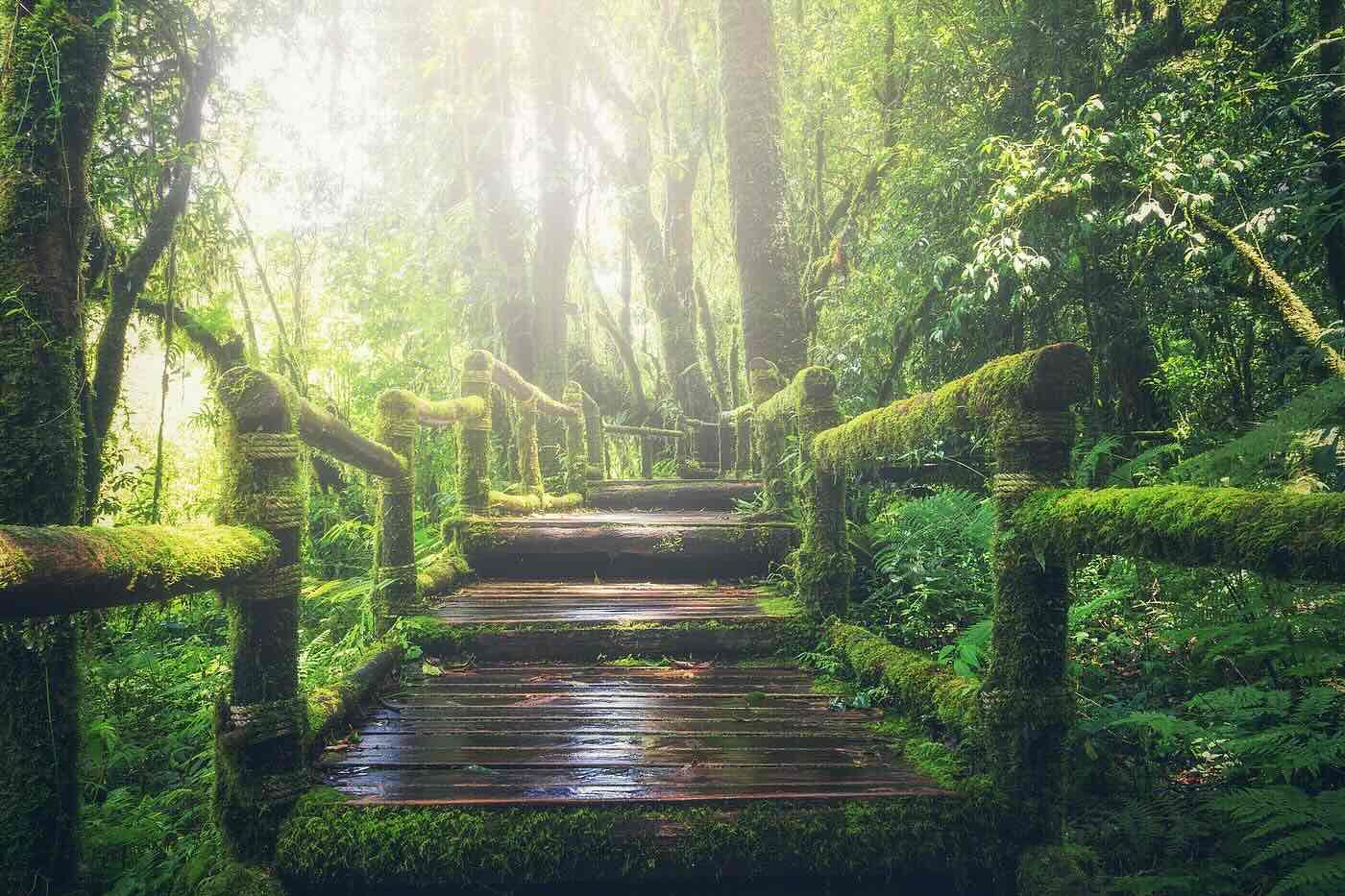
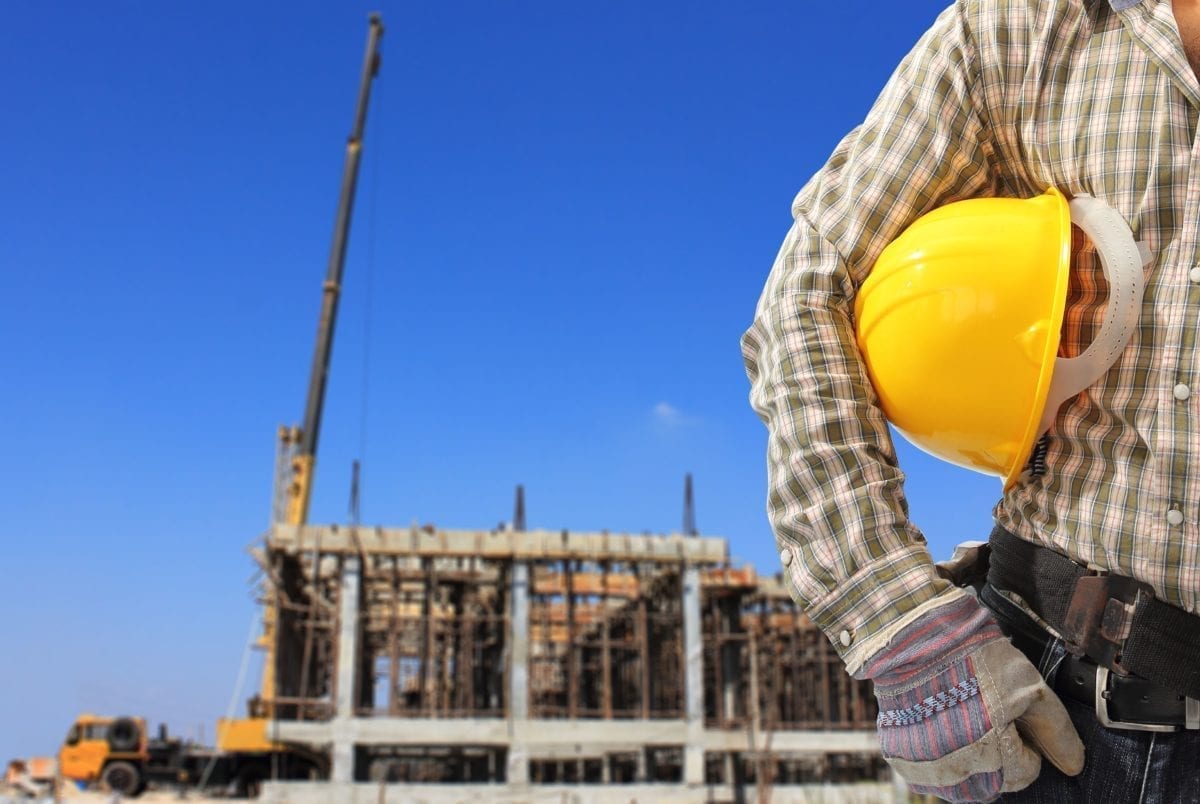
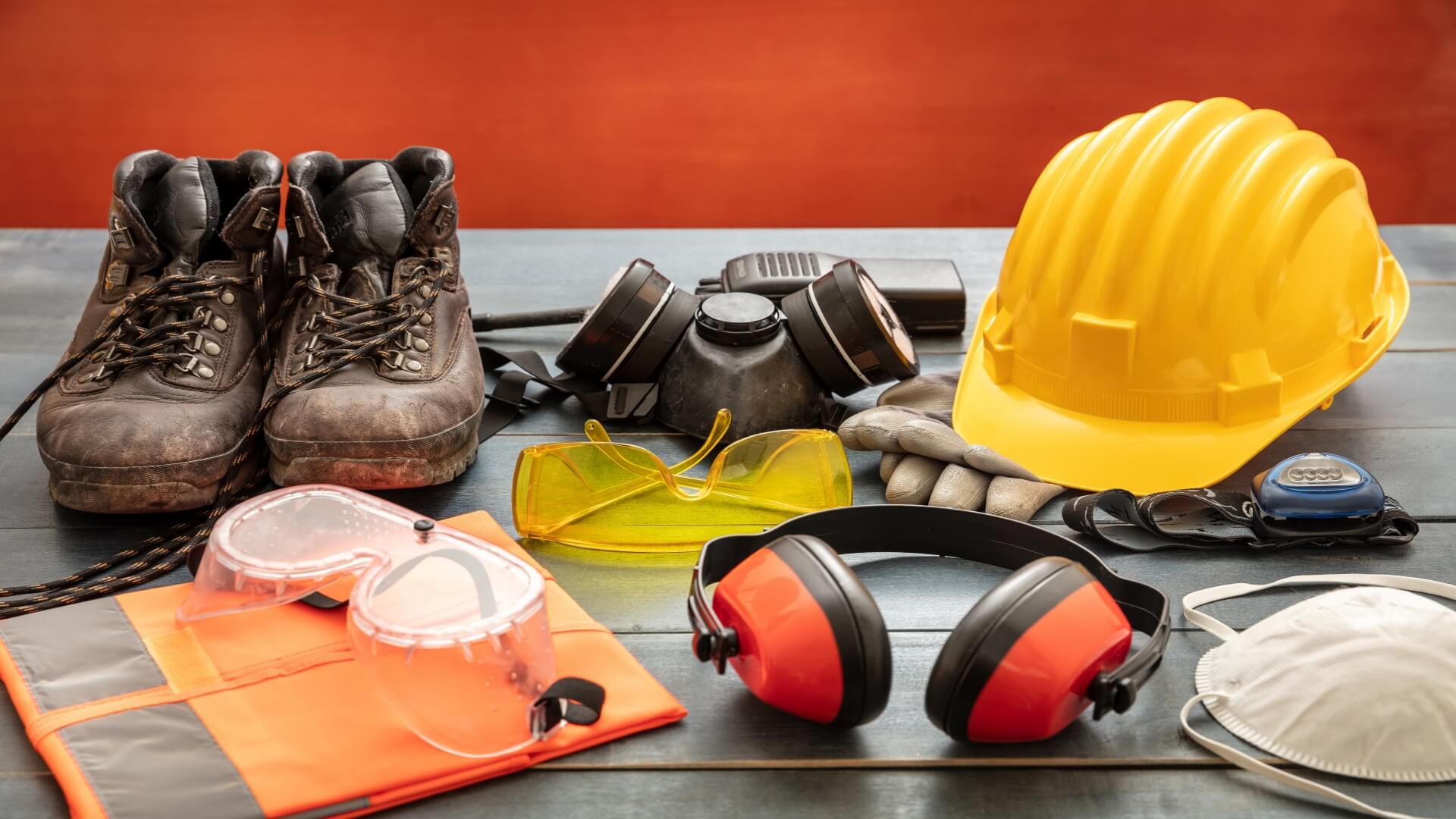

0 thoughts on “Why Landscape Design Is Important”